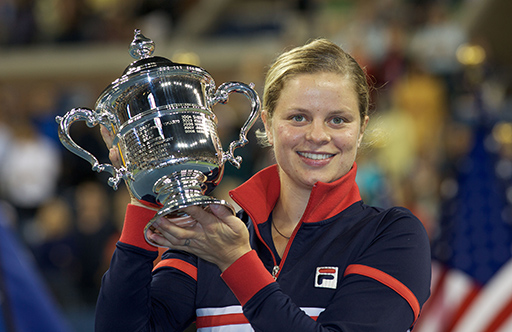5 But I can’t let go!
Some athletes seek to avoid the psychological stress that can come with retirement by deferring the decision and continuing to masters level. Others who have retired may subsequently revoke their decision if their life after sport fails to deliver the challenges, opportunities or thrills they are looking for.

A good example of someone who came back out of retirement is Kim Clijsters, who returned to tennis in 2009 following two years out of the sport. In that same year she went on to win the US Open, a feat she repeated the following year. Kim famously said in 2012 that her second retirement would ‘stick’ but it seems like she was keen to rise to the challenge yet again, making a return to training in early 2020 with a clear plan to return to competition. Her reasons were quite simple:
For me, I still love to play tennis… I don't feel like I need to prove anything, but I want to challenge myself and I want to be strong again.
What becomes clear is that the decision-making process surrounding retirement or planning a comeback is a complex one. For these athletes, nothing else seems to be able to fill the void left by sport and so continuing their athletic career seems the best option. It can be debated as to whether this is right as retirement (and all its challenges) is the one transition that all athletes will be forced to face at some point.
